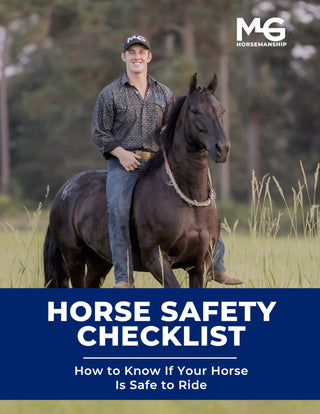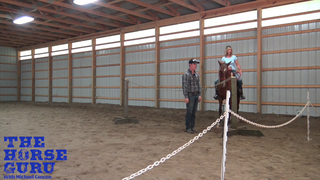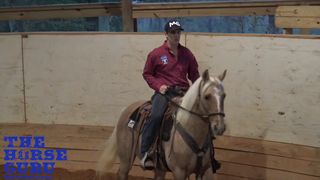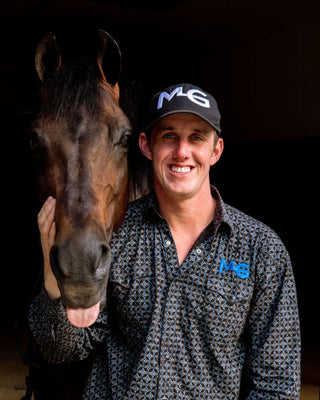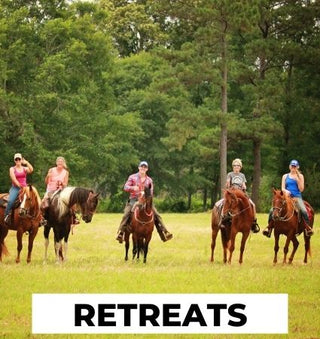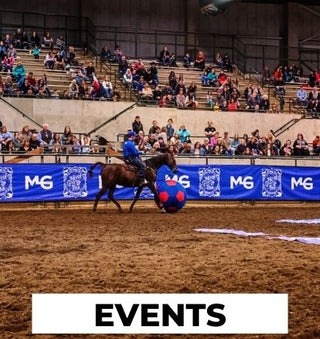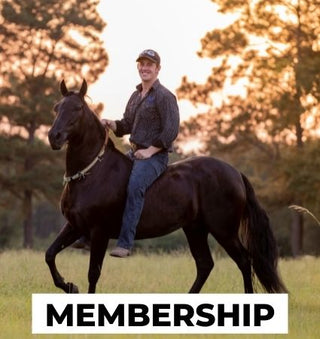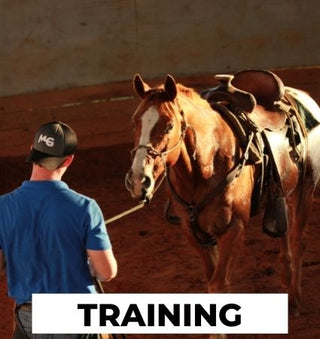Discovering the Language Beyond Words
I've been fortunate enough to travel to every continent where horses roam, experiencing the diverse equestrian cultures of the world. No matter where I go, the language of horses remains universal. While the local dialects and interpreters may vary, the communication between human and horse transcends these barriers. Whether a horse is big or small, tall or short, black or white, the way we connect with them is the same. Horses don't care about appearances or backgrounds; they respond to the language of trust, respect, and leadership.
Establishing Leadership: The First Step
When introducing a young horse to a new environment, their natural instinct is to find their place in the herd. They will run to other horses, and what appears to be "making friends" is actually a process of establishing dominance. It's crucial to understand that, like children, horses need guidance and boundaries, not just companionship. As a horse's leader, you must gain their trust by demonstrating that you speak their language— the language of control and guidance.
Control the Head, Control the Horse
One of the key principles in horsemanship is the importance of controlling the horse's head. If you control the head, you control the horse. When a horse becomes uncomfortable or tries to escape, it's crucial to redirect their movements, guiding them safely back to focus on you. By maintaining control over the horse's head, you also manage their attention and, consequently, their behavior.
Creating Productive Discomfort
A common misconception in horse training is the idea that removing all discomfort will make a horse more cooperative. However, just like humans, horses grow and learn through challenges. Controlled, mental discomfort helps horses develop resilience and trust in their handler. It's important to introduce them to discomfort in a way that they learn the right responses. This method leads to a horse that is not only more confident but also more obedient.
Softening the Steering Wheel
A horse that is stiff and rigid in its movements is more likely to react unpredictably when scared. The goal is to soften this stiffness, especially in young or sensitive horses. By teaching them to be flexible and responsive, you reduce the risk of dangerous reactions. A horse that can be guided gently, even when frightened, becomes a safer, more reliable partner.
Progress Equals Confidence
Horses, like people, thrive on progress. When they are constantly challenged and allowed to grow, they become more confident and happier in their work. Stagnation leads to frustration and can even result in behavioral issues, akin to a midlife crisis in humans. By continuously introducing new challenges, you keep your horse engaged and progressing, which is key to maintaining their mental and emotional well-being.
The Art of Desensitization
Desensitizing a horse is about teaching them to remain calm in the face of unexpected stimuli. However, this process should only begin once the horse respects your space and can be controlled. Gradually exposing them to discomfort while ensuring they look to you for guidance strengthens the bond between horse and handler. This prepares the horse to face new situations with confidence and trust in your leadership.
Conclusion: The Path to Mutual Understanding
The journey to understanding and training a horse is one of patience, consistency, and respect. By establishing yourself as a leader, controlling their movements, and introducing productive discomfort, you build a relationship based on trust and mutual understanding. Whether you're in Mississippi or Mongolia, the principles of good horsemanship remain the same. The universal language of the horse is not spoken in words but demonstrated through actions, ensuring that every horse, no matter where they are from, can understand and trust in your leadership.
Get the training and support you need—join the Horse Help Challenge now HERE!



